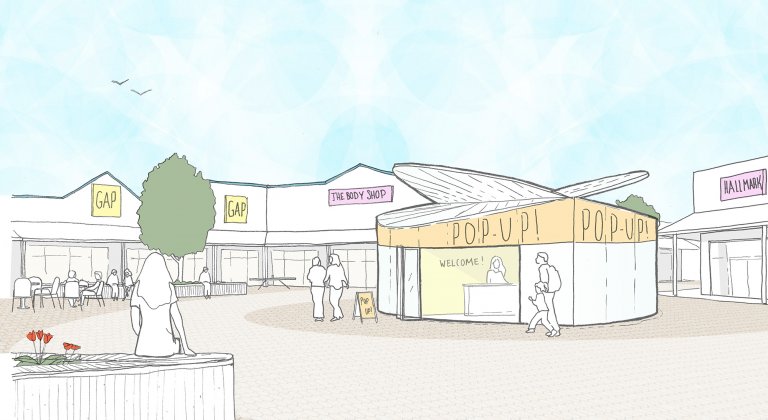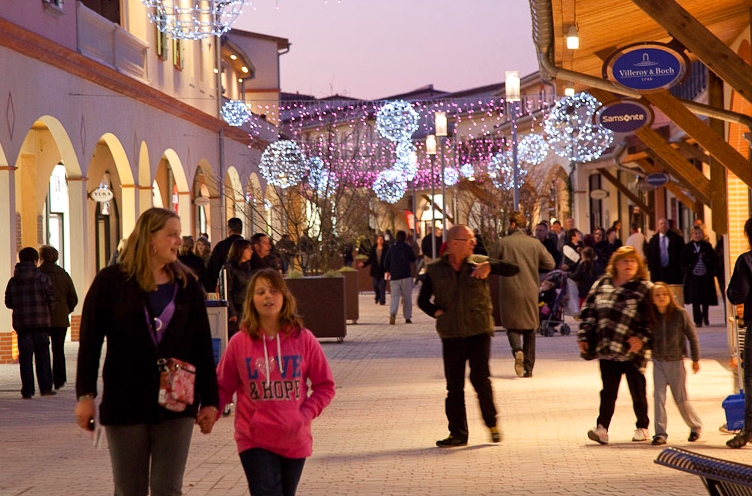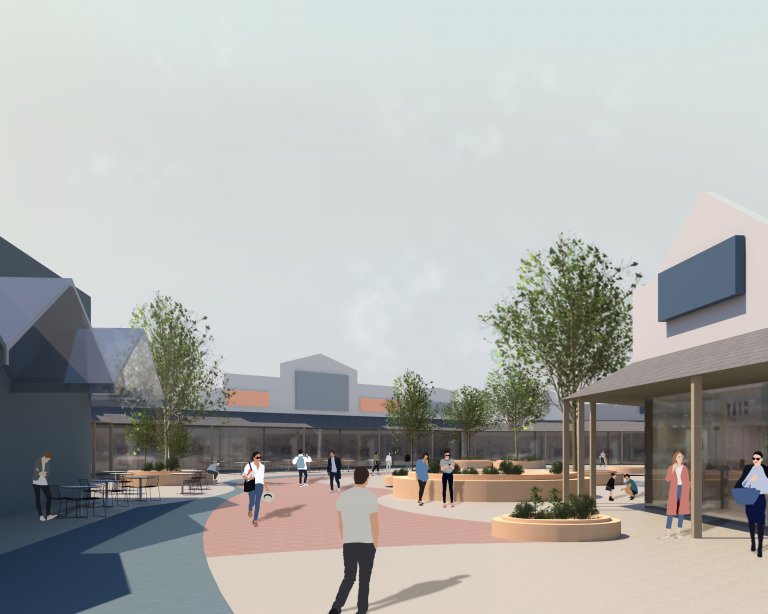
A new year dawns and, with it, a chance to seize upon the optimism of a new decade. The news reports more woe for the retail sector; HMV and Debenhams confirming their store closures and commentators saying that 2019 was the worst for retail sales in 25 years. Yet, is it all doom and gloom?
Those of us working in the retail sector know that it’s been tough to make conventional shopping work for many years, and yet we are told physical retailing is not dying. Instead it, is evolving, with retailers finding new ways to pass on their goods to the consumer – with one key area bucking the trend being outlet centres.
Shoppers still love the thought of a bargain – even if they can find similar discounts on the high street. In the early days of FOC it used to be small units stocking factory seconds or end of line products, all sold at a discount. We are told that big-brands are key to the success of the factory outlet as they attract the leisure shopper looking for a favoured brand or product, but at a cheaper price. But If it were just a bargain they were after, surely the internet would be the better place to shop?
Therein lies the opportunity.
The outlet proposition has become increasingly leisure-orientated in recent years, with more schemes being developed in central and urban locations, offering more than discounted shopping. Many shoppers crave an experience that will also provide a sense of occasion and enhance their leisure time, establishing centres that are both attraction and destination unto themselves.
But what about the Architecture of these centres? Interestingly, some have adopted the architectural vernacular of their surroundings, while others have gone for a more contemporary design, often with a strong structural theme. When done well, both approaches can achieve the same goal: enabling visitors to enjoy interesting culture and design in an environment that also offers great deals on famous brands.
However attractive it might look, the layout and offer is still important to their success. Assuming you can take a conventional shopping centre layout and call it an Outlet Centre is unlikely to work. Experience, flair and great design are all important, but research and a proper understanding of what makes each location unique is key.
Food and beverage offers are also important in extending dwell time. Children’s entertainment is also an important element, be it a soft play centre, climbing wall or an outdoor timber play area with naturalistic materials such as sand and water being key elements. The combination of leisure attractions and a good mix of key brands will mark the model of successful outlet centres going forward.
The challenge for operators is to get those people who already enjoy outlets and believe in them to come more often, thus increasing the spend per sqft of space whilst also trying to attract and convert more first-time shoppers. With several new developments planned – and existing operators extending their offers – there has arguably never been so much activity across the sector. This is testament to the importance these schemes in meeting the UK shoppers’ long-held desire for a bargain and a good day out!



